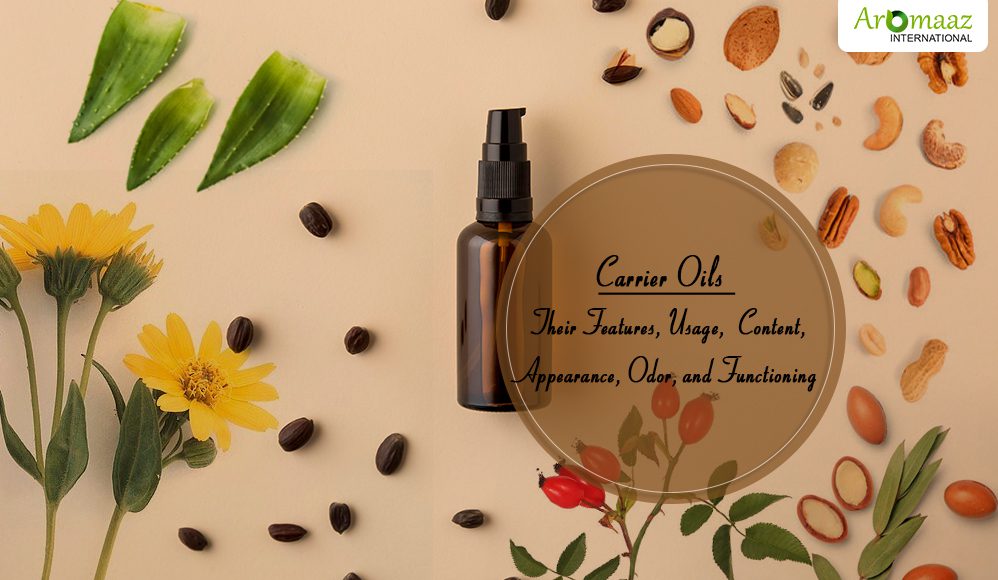Carrier Oils – Their Features, Usage, Content, Appearance, Odor, and Functioning
The users know carrier oils by other names such as fixative, base oils, fatty acid oils, and vegetable oils. Carrier oils manufacturers obtain them from the fatty portions of plants such as seeds, kernels, or nuts. They also derive omega-rich fatty acid oils from fish, emu birds, and others. Many daily-use products such as lip balms, beard balms or oils, creams, soaps, massage or hair oils, and lotions contain one or more carrier oils.
Features of Carrier Oils
Carrier oils enhance the consistency of the product formulations and impart moisturizing properties to the end products. They do not evaporate but can go rancid after their shelf-life or exposed to the environment. Most oils are odorless or possess a slightly nutty aroma. Neem and tamanu carrier oils in India have a strong bitter aroma and are very potent. Most carrier oil manufacturers employ the cold-press or expeller methods to derive fatty acid oil without heat. Such methods produce nutrient-rich, unrefined carrier oils that do not lose their natural goodness during the extraction.
Content of the Carrier Oils
These oils mostly contain fatty acids, fat-soluble vitamins, minerals, and other nutrients. They vary in fatty acid profile from one another. Their essential fatty acids are beneficial for skin, but they make an oil fragile and increase the possibility of rancidity. Not all, but some oils contain natural tocopherols such as vitamin E that act as antioxidants and enhance skin wellness and shelf-life of the oil. Some carrier oils have vivid colors due to beta-carotene compounds.

Beta carotene is an organic, red-orange pigment found in fruits or plants. The human body converts this pigment into vitamin A which helps combat the effects of UV rays and free radicals on the skin. The carrier oils suppliers provide sea buckthorn berry oil, carrot seed oil, and red palm oil, rich in beta-carotene.
Color, Viscosity, and Absorption
They are different in color depending on the color of the source of the oil. An avocado carrier oil is dark brown while coconut oil is colorless, and jojoba oil has a golden hue. Carrier oils differ in their thickness; some are light and thin, while others are heavy and thick. Most dense and thick oils penetrate slowly into the skin. Castor oil is one such oil with low absorbency and is one of the widely available carrier oils wholesale in India. Extra virgin olive oil and jojoba oil are light, thin, and quickly absorbent carrier oils.
Why Should Users Prefer Natural Carrier Oils and Avoid Mineral Oils?
They are derivations from plant botanicals; they are safe and beneficial for the skin. Mineral oils and petroleum jellies are unnatural byproducts of the petroleum industry. They do not come under the purview of holistic aromatherapy. Their topical application clogs skin pores, inhibits ventilation, prevents penetration of essential oils, and allows toxin buildup on the skin. The absorption of mineral oils by the body blocks the internal consumption of vitamins.
If you want to read more blogs like this then visit: daily times pro




